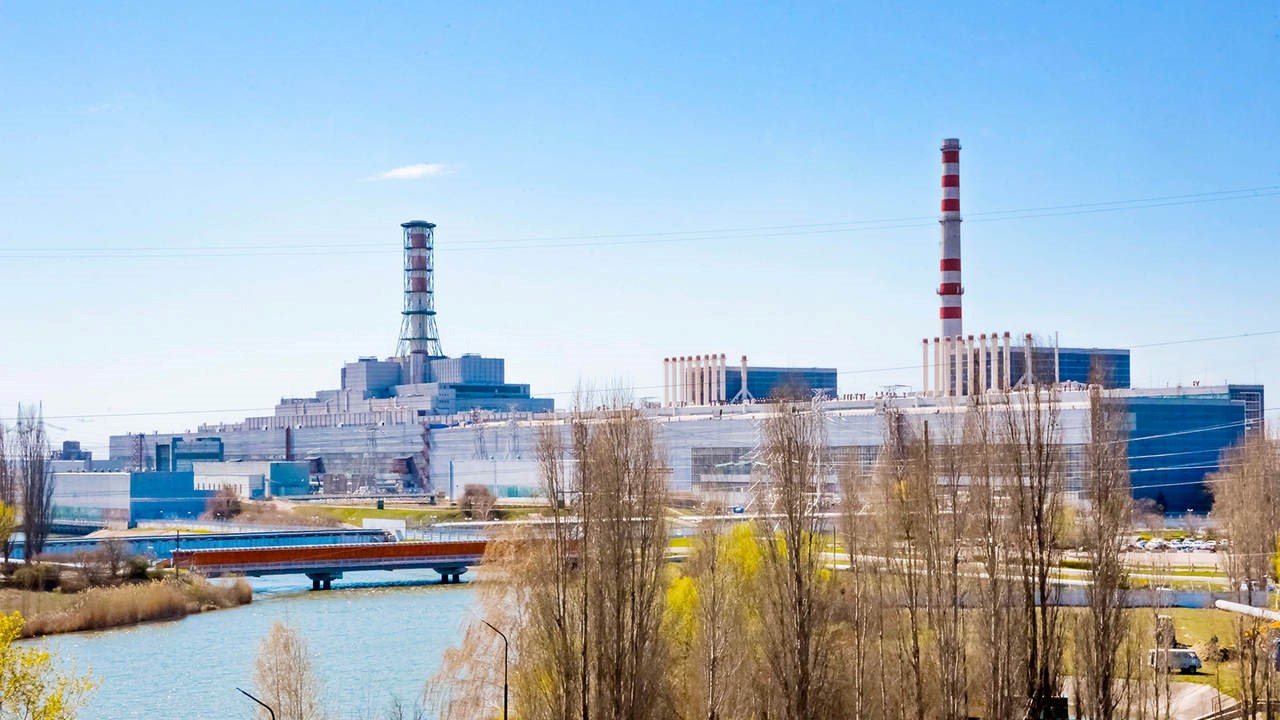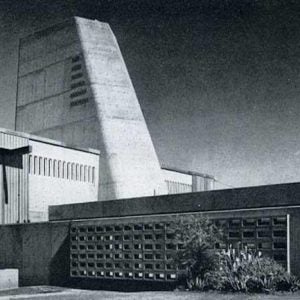 Unit 4 at Russia’s Kursk NPP was completely disconnected from the grid following a Ukrainian kamikaze drone carrying explosives fell near the station. Kursk NPP comprises four RBMK-1000 reactors. Unit 2 remains in operation while unit 3 is closed for scheduled maintenance and repairs. Unit 1 was closed in 2021 pending decommissioning and unit 2 is scheduled for closure in 2024 when it reaches the end of its design life.
Unit 4 at Russia’s Kursk NPP was completely disconnected from the grid following a Ukrainian kamikaze drone carrying explosives fell near the station. Kursk NPP comprises four RBMK-1000 reactors. Unit 2 remains in operation while unit 3 is closed for scheduled maintenance and repairs. Unit 1 was closed in 2021 pending decommissioning and unit 2 is scheduled for closure in 2024 when it reaches the end of its design life.
The airplane-type drone was shot down by an air defence system and fell 4 km from the NPP in the operators’ town of Kurchatov. According to the head of the Kursk region, Roman Starovoit, none of the residents was injured in the explosion of the drone, and no critical objects were damaged as a result of the drone crash and its subsequent detonation. However, an apartment building was partially damaged its facade and windows were destroyed. The authorities promised immediate repairs. According to local residents, the drone crashed into a spruce tree growing in front of the house and fell, severely damaging it. Local social media have designated the tree “spruce hero”. Kurchatov has a population of 40,300.
Kremlin spokesman Dmitry Peskov during a briefing commented on the attempted attack on the Kursk plant noted that Russian air defence systems worked efficiently. Foreign Ministry spokeswoman Maria Zakharova strongly condemned “the malicious plans of Ukraine to actively use terrorist methods against Russian nuclear power plants” and called on the international community, the UN leadership and the IAEA to take note of what happened and condemn Kiev's actions.
The Kursk NPP is nearing the end of its working life. Unit 1 is already closed, unit 2 is due to close in 2024 and units 3&4 after around five years. A replacement plant, Kursk-II is under construction at the nearby village of Makarovka. Kursk-II 1&2 are being built according to the VVER-TOI project (standard optimised informatised pressurised water power reactor), which is a development of the VVER-1200 reactor design with increased capacity and improved technical and economic indicators. Units 1&2 are scheduled for commissioning in 2024 and 2025.
Image courtesy of Rosatom






